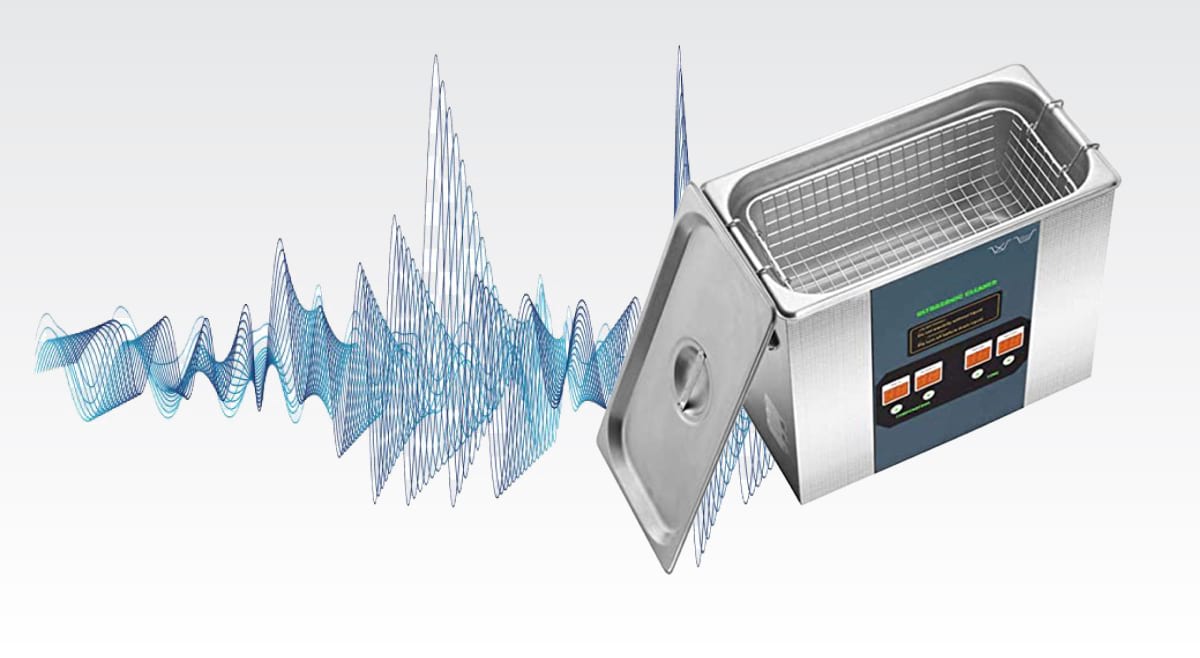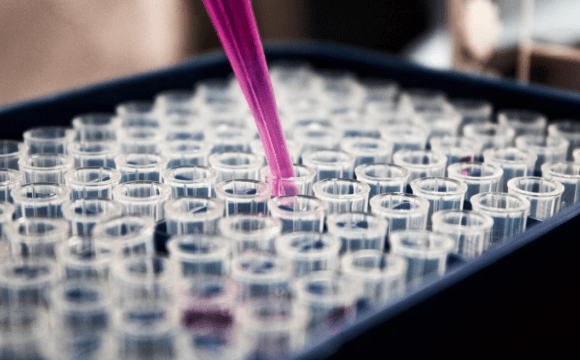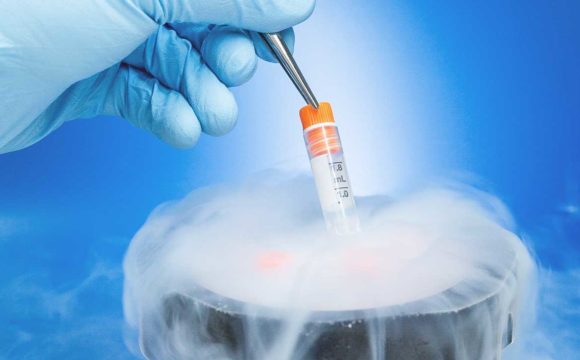Sound energy, which appears as vibration, is one form of energy. We are able to hear a loud noise because receptor cells in our ears convert vibrations from sound energy into electrical signals that are sent to the brain. Although most sound waves are beyond our hearing range and in addition they produce energy. This ultrasonic energy is used in laboratories to agitate particles for cleaning, mixing solutions, boosting dissolving rate, and evaporating dissolved gases from liquids.
Sound can easily pass through all forms of matter. The sound waves move more easily when the medium is less thick and the source is closer. The “frequency” of sound is a measure of particle vibration: higher frequencies create more vibration, which, as one might expect, carries more power.
Sonicators are high-frequency (20 kHz) gadgets that agitate particles using ultrasonic radiation. Mixing, cleaning, degassing, cell disruption, and sample preparation are just a few of the processes that these devices help within a laboratory.
Principle
The main components of a sonicator are the generator, converter, and probe. They form a chain reaction to deliver ultrasonic energy. The sonicator receives electricity from the generator in the form of electrical pulses. The converter converts these pulses into mechanical vibrations, which are then supplied into the probe that is submerged in the sample solution. The probe allows for allows location targeting for exact desired results.
Vibrations generated in the solution lead to cavitation, which allows sonicators to initiate dissolution, homogenization, milling, cell lysis, chemical reactions, degassing, deagglomeration, and cleaning.
Types
Sonicators are of due importance and are generally of two types:
Probe sonicator: The probe sonicator directly carries out the process and more energy can be added to the sample. However, a probe sonicator has a risk of cross-contaminating the samples and contaminating via the erosion of the probe tip. A probe sonicator is not advised for small samples. These are ideal for size reduction, emulsification of samples, cell disruption, and dispersion of nanoparticles.
Bath sonicator: It isolates the sample from the energy source in an energized bath of water. They are advantageous to probe sonicator as there is a lesser risk for cross-contamination and it works for samples of all sizes. But, bath sonicators require more energy and overheat the sample sometimes.
Applications
- Helps increase the dissolution rate by breaking molecular bonds quickly
- Supplies energy to catalyze certain reactions
- Helps in the process of sonoporation
- Removes gases from liquids by agitating the medium
- Disperses nanoparticles in the liquid evenly
- Activates crystallization processes
- Initiates antisolvent precipitation reactions
- Helps loosen particles from surfaces that clean instruments and materials
Buying Guide
It is crucial to check the capacity, quality and range of the sonicator before making a purchase. Using standard equipment help get accurate results and make the process easier. The type and specifications of a sonicator and other features can affect the ultimate price. Bath sonicators are considerably less expensive than probe sonicators. Buying different probe tips for different volumes is recommended to probe sonicators so as to choose from a variety of probes depending on the sample volume as well as the size and form of the vessel. Microtips can be used for tiny vessels or samples of less than 50 ml, whereas a 12-inch probe can process 20-250 ml.
Looking to buy a sonicator for your lab? Check out the options available on Biomall.
Biomall is a leading supplier of high-quality pieces of equipment for laboratories and institutions.
References:
https://conductscience.com/sonicators-a-complete-guide/
https://www.laboratory-equipment.com/blog/sonicators-how-these-agitating-lab-instruments-work/










